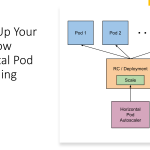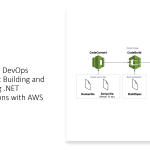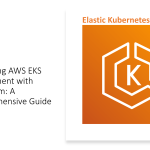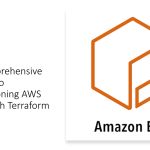Containers are a popular technology for developing and deploying applications. They provide an isolated runtime environment that runs an application and its dependencies, making it easier to package, deploy, and manage the application. Docker is a platform for managing containers that has become very popular in recent years. In this article, we’ll provide an introduction to Docker and containers, including their benefits, architecture, and examples.
Benefits of Docker and Containers
Containers have many benefits that make them a popular technology for software development, including:
- Portability: Containers are portable and can run on any system that supports the container runtime, making them easy to move between different environments.
- Consistency: Containers provide a consistent runtime environment, regardless of the host system.
- Efficiency: Containers are lightweight and require fewer resources than traditional virtual machines, making them more efficient to run.
- Isolation: Containers isolate applications and their dependencies, reducing the risk of conflicts and security vulnerabilities.
Architecture of Docker and Containers
Docker has a client-server architecture, consisting of three main components:
- Docker client: A command-line interface or graphical user interface that enables users to interact with the Docker daemon.
- Docker daemon: A server that runs on the host system and manages the creation, management, and deletion of containers.
- Docker registry: A repository for storing and sharing Docker images, which are templates for creating containers.
Docker images are built from Dockerfiles, which are text files that specify the configuration of a container. Dockerfiles contain instructions for installing and configuring the required software and dependencies for an application to run.
Examples of Docker and Containers
Here are some examples of how Docker and containers are used in software development:
- Creating development environments: Developers can use containers to create consistent development environments that can be easily shared and reproduced across teams.
- Deploying applications: Containers can be used to package and deploy applications to production environments, ensuring consistency and reliability.
- Testing and quality assurance: Containers can be used to test and validate applications in different environments, ensuring that they work as expected.
References
If you’re interested in learning more about Docker and containers, here are some helpful resources:
- Docker Documentation: The official documentation for Docker provides comprehensive guides and tutorials on using Docker and containers.
- Docker Hub: A repository for Docker images, where you can find and download images for various software applications.
- Docker Compose: A tool for defining and running multi-container Docker applications, enabling you to run complex applications with multiple containers.
Conclusion
Docker and containers are powerful tools for developing, packaging, and deploying applications, providing consistency, portability, and efficiency. By isolating applications and their dependencies, containers reduce the risk of conflicts and security vulnerabilities, making them a popular choice in software development. With Docker’s client-server architecture and powerful tools like Dockerfiles and Docker Compose, developers can easily create, manage, and deploy containers to any environment.




